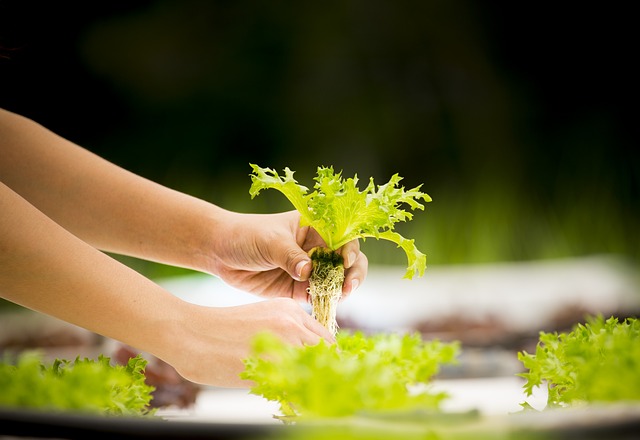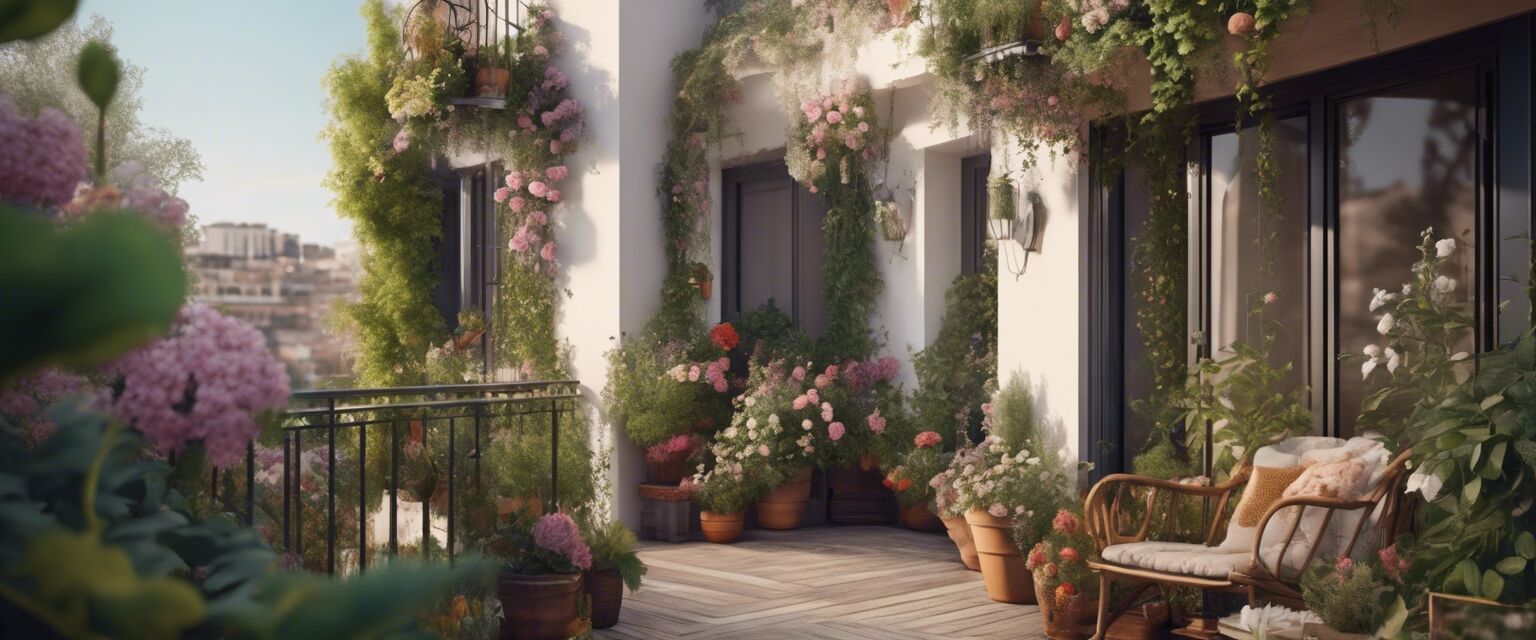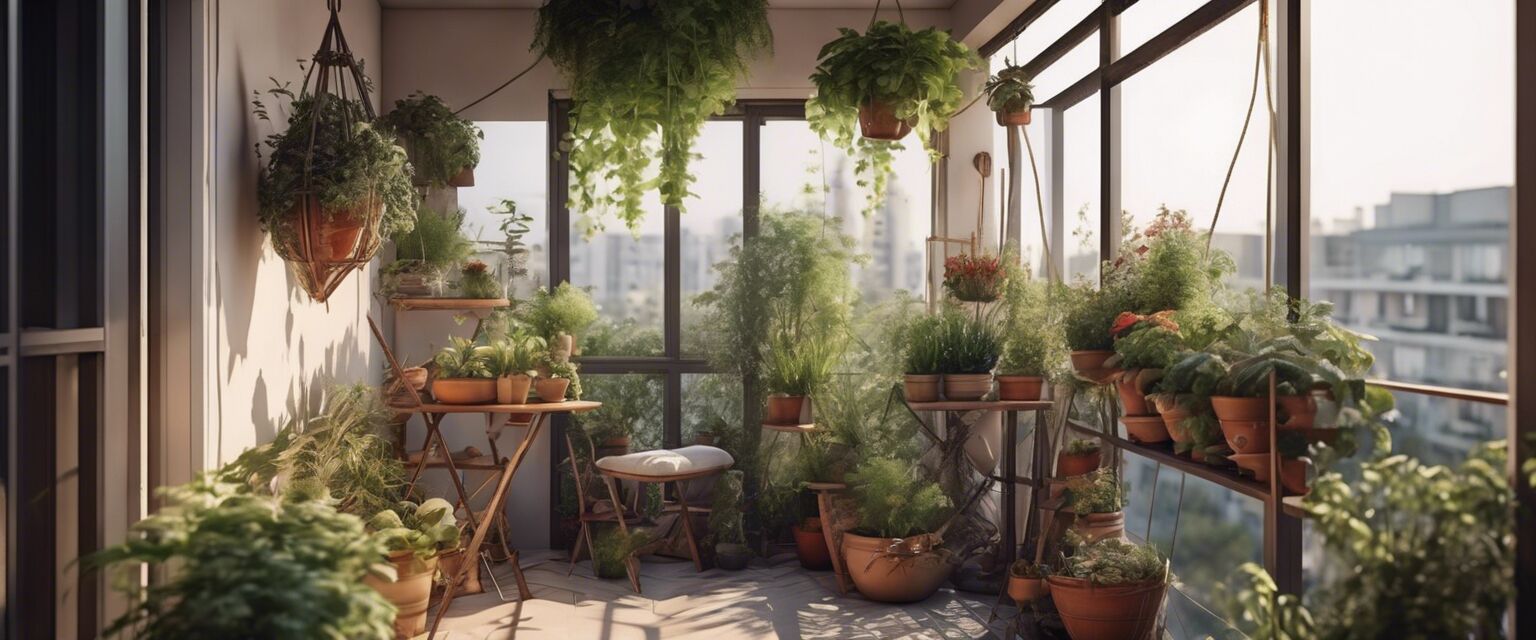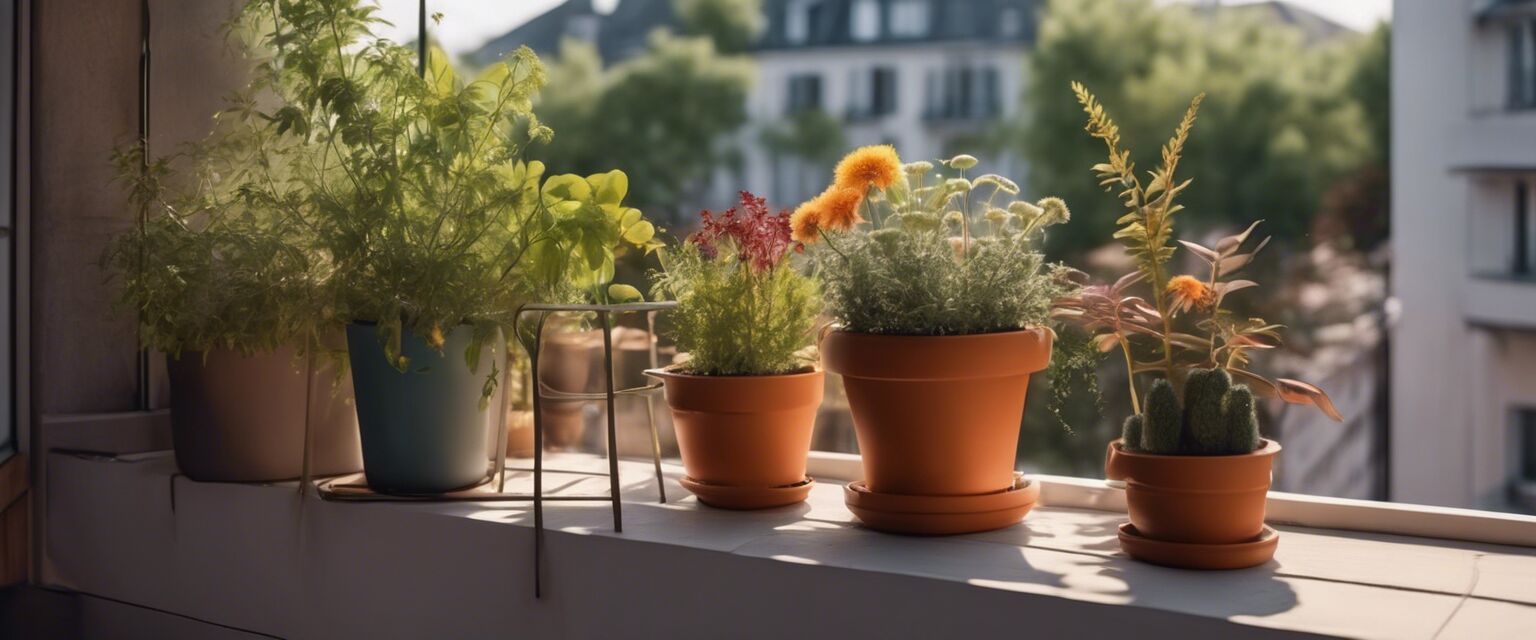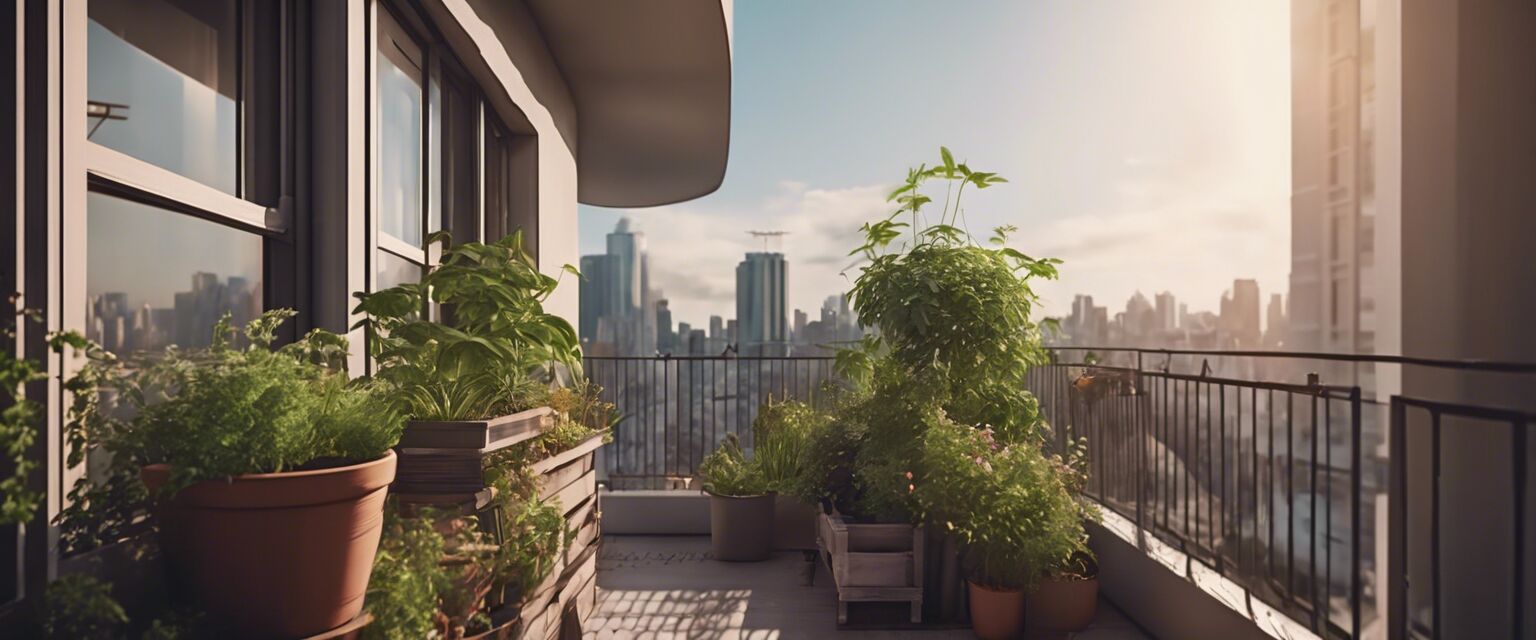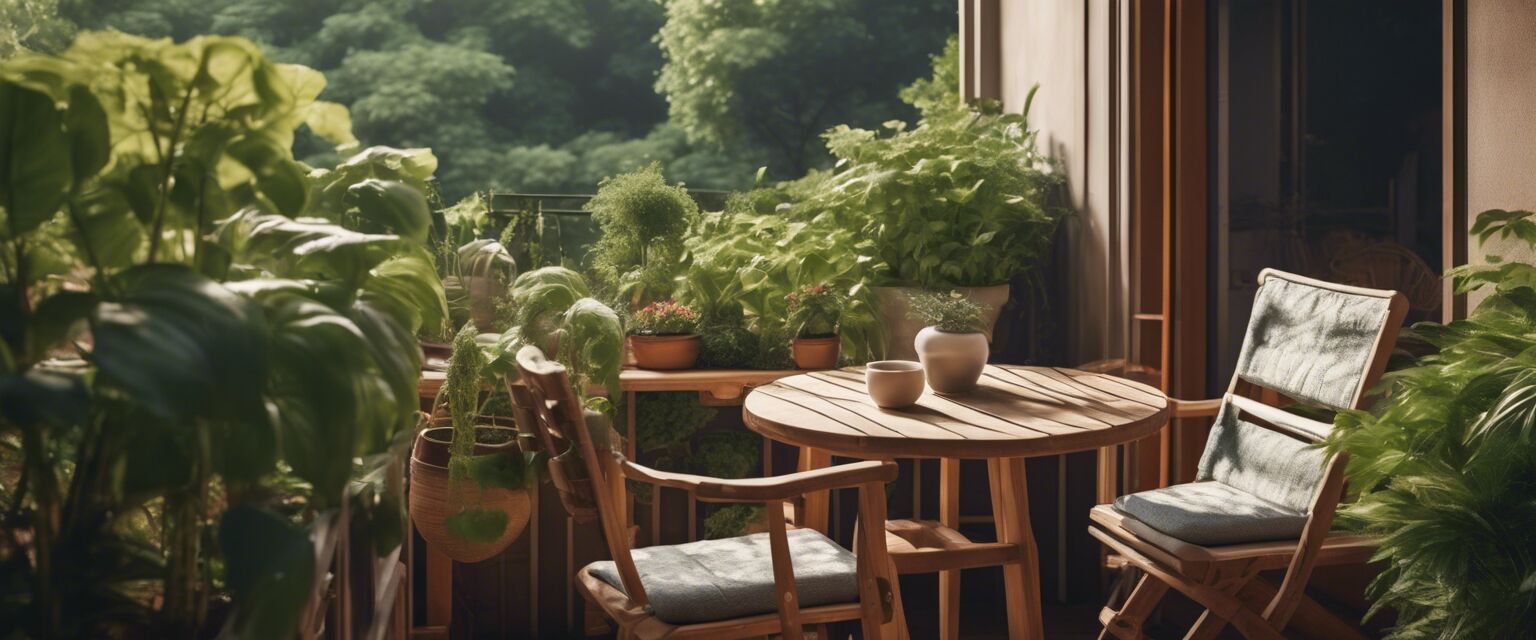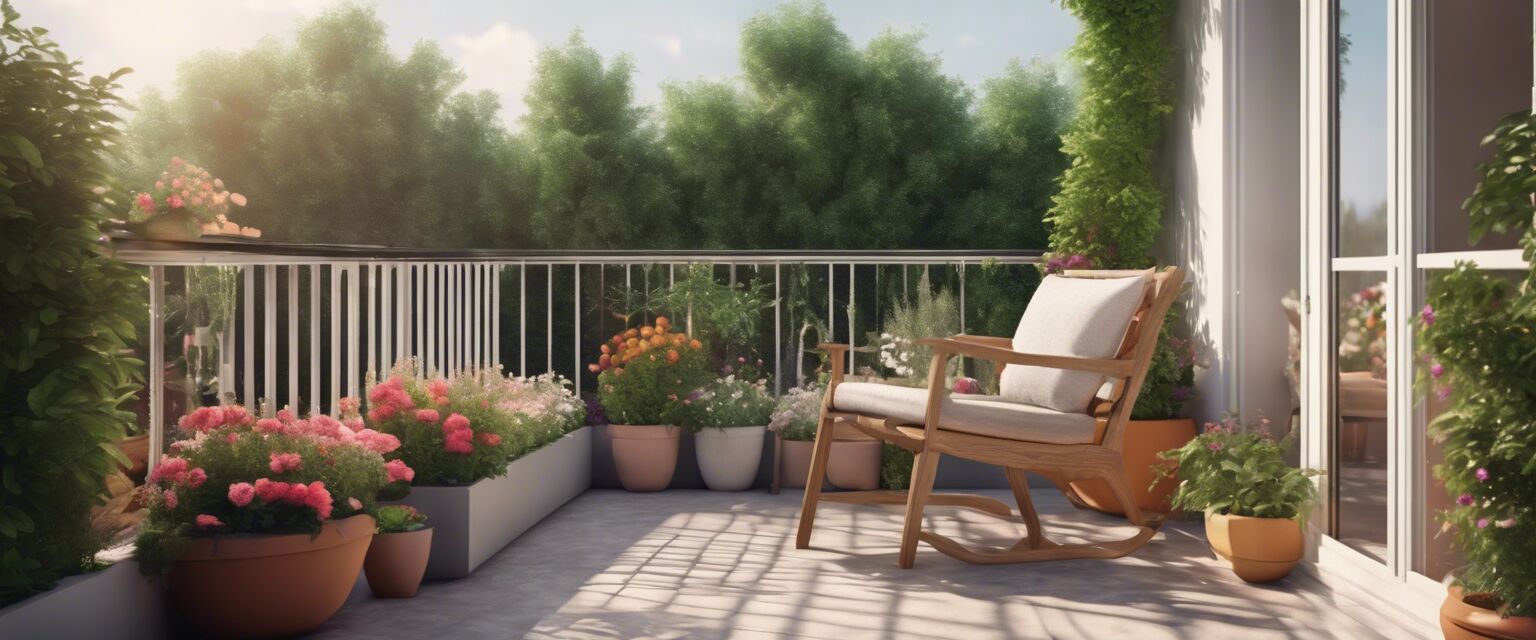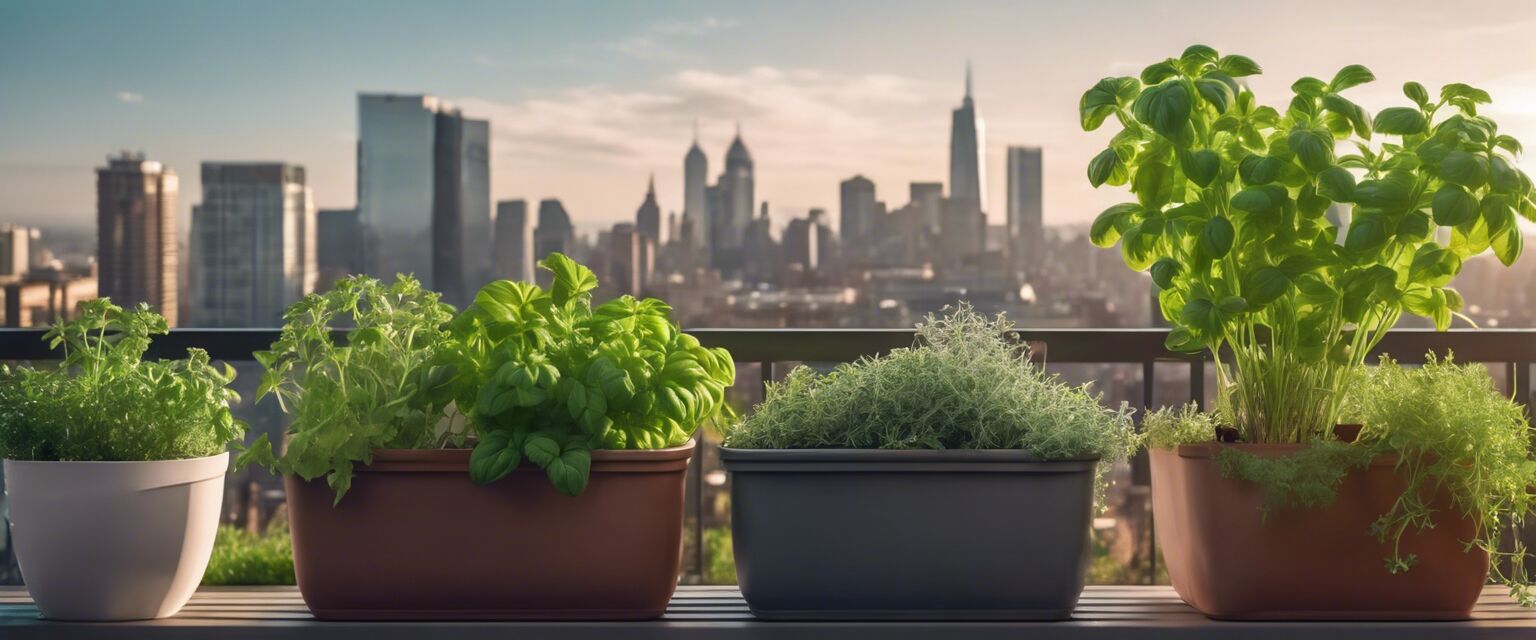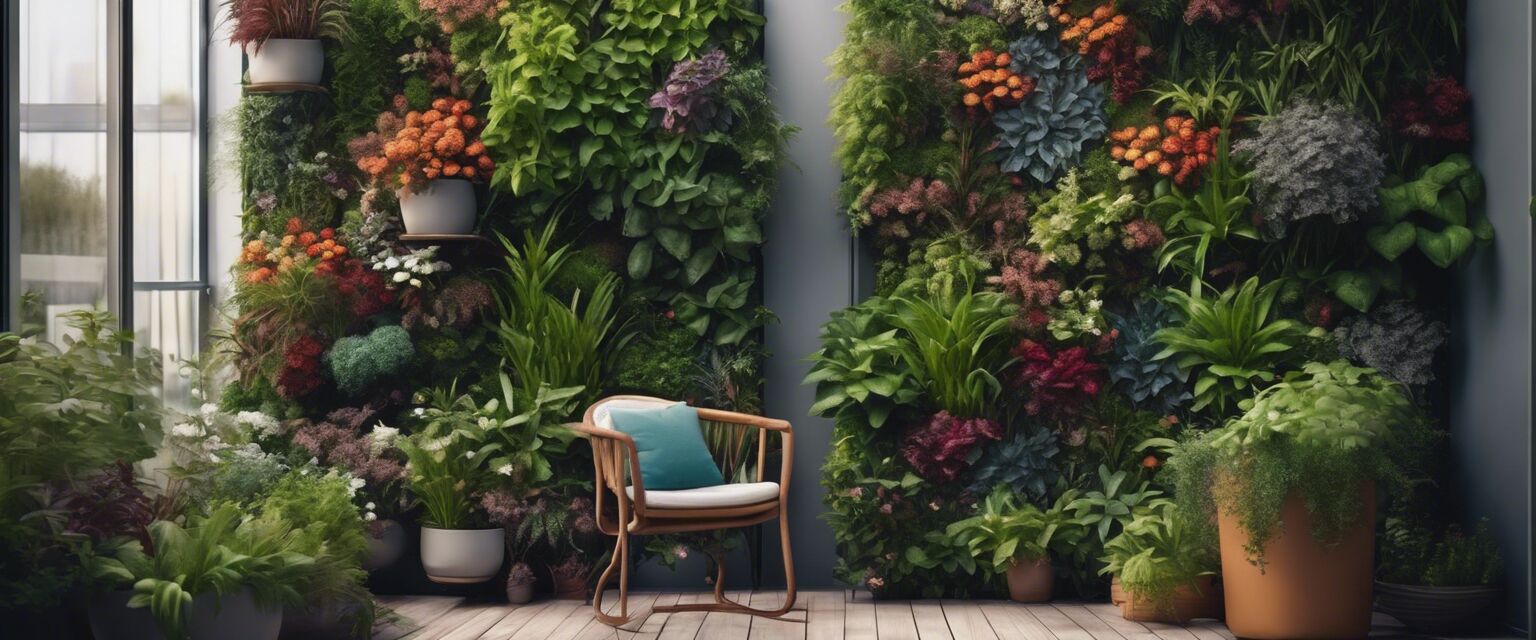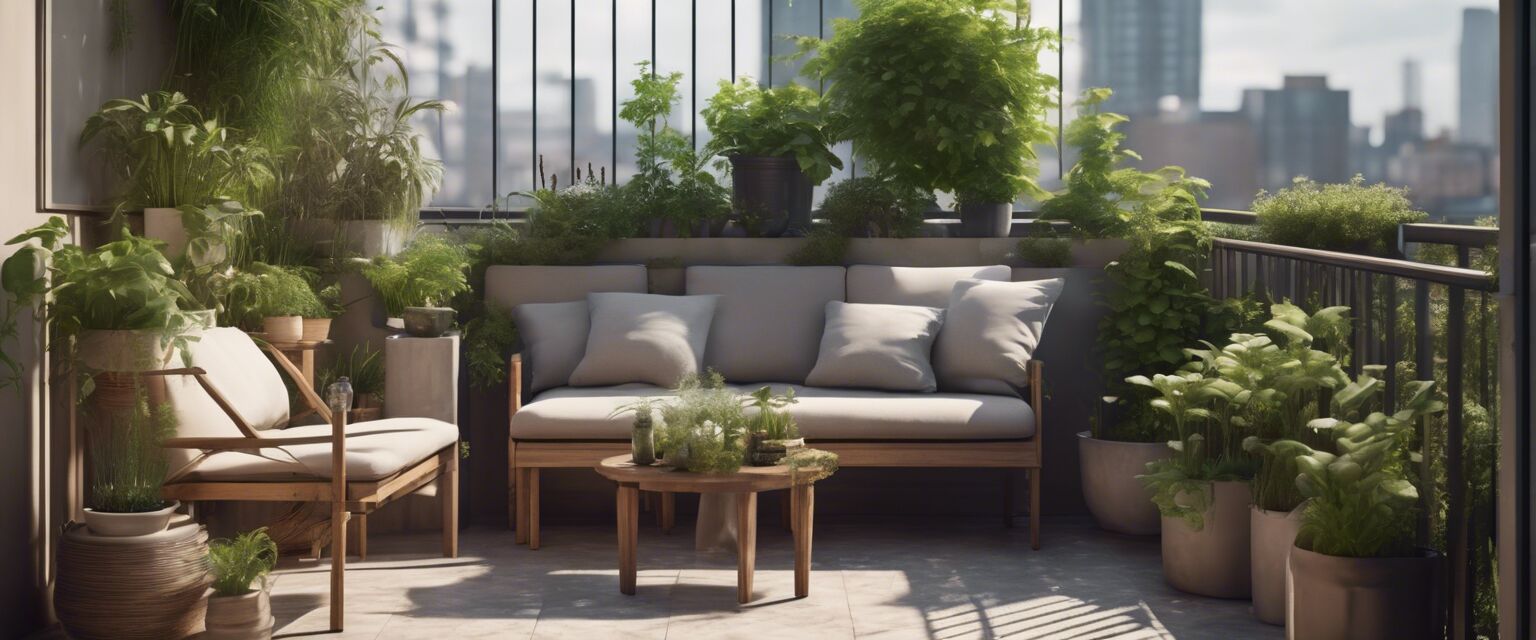
Plant Selection for Balconies
When it comes to creating a thriving balcony garden, selecting the right plants is crucial. With limited space and unique climate conditions, it's essential to choose plants that can thrive in these conditions. In this article, we'll explore the best plants for growing in balcony gardens based on light and climate.
Key Takeaways:
- Choose plants that match your balcony's light conditions (full sun, partial shade, or full shade)
- Select plants that can tolerate wind, temperature fluctuations, and humidity
- Consider plants with compact growth habits and drought tolerance
- Group plants by climate requirements to ensure optimal growth
Understanding Balcony Climate Conditions
Balcony gardens face unique climate conditions that can affect plant growth. These include:
| Climate Condition | Description |
|---|---|
| Wind | Strong winds can cause plants to dry out and become brittle |
| Temperature Fluctuations | Urban balconies can experience extreme temperature changes between day and night |
| Humidity | Balcony gardens can be more humid than traditional gardens due to proximity to buildings |
Light Conditions for Balcony Plants
Balcony gardens receive varying amounts of sunlight, which affects plant growth. Here are the three main light conditions:
| Light Condition | Description | Plant Examples |
|---|---|---|
| Full Sun | 6+ hours of direct sunlight | Succulents, Herbs, Tomatoes |
| Partial Shade | 4-6 hours of indirect sunlight | Ferns, Peace Lilies, Begonias |
| Full Shade | Less than 4 hours of indirect sunlight | Chinese Evergreen, Pothos, Dracaena |
Best Plants for Balcony Gardens
Here are some of the best plants for balcony gardens, grouped by climate requirements:
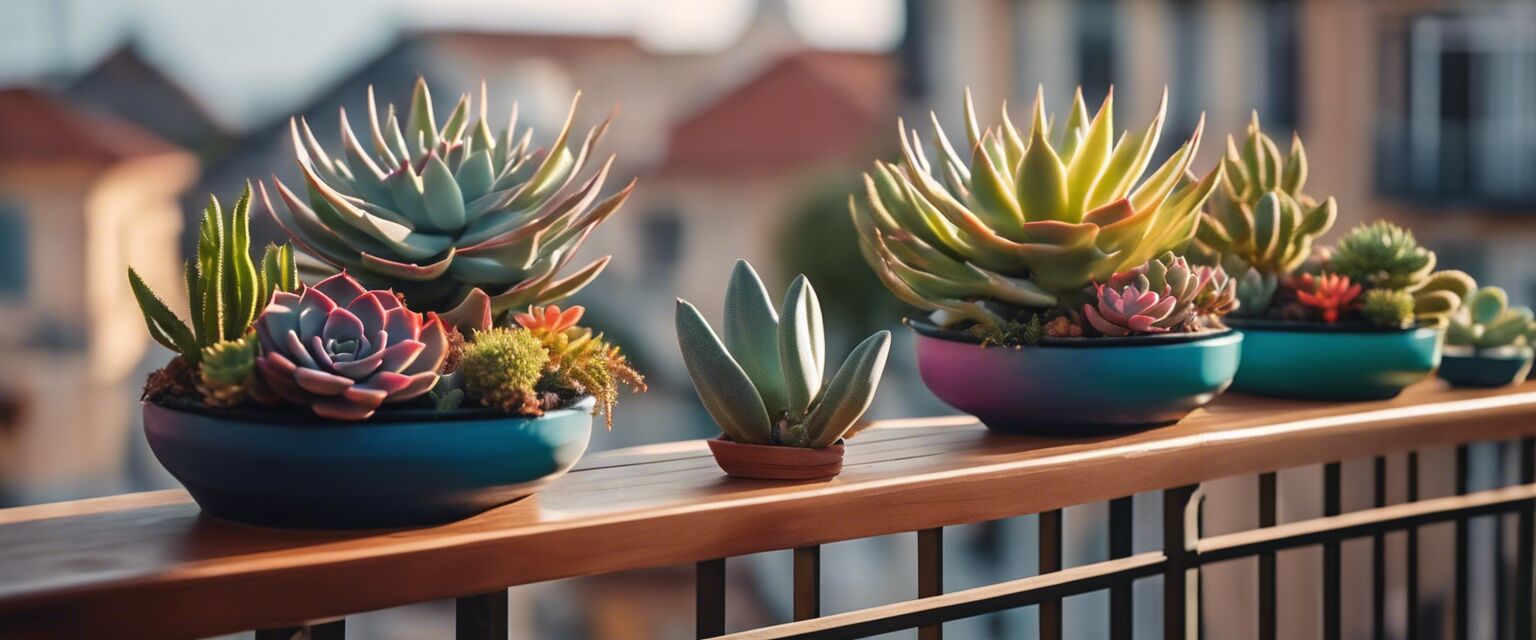
Warm and Sunny Balconies
- Succulents (e.g., Aloe, Echeveria, Crassula)
- Herbs (e.g., Basil, Mint, Thyme)
- Tomatoes and Peppers
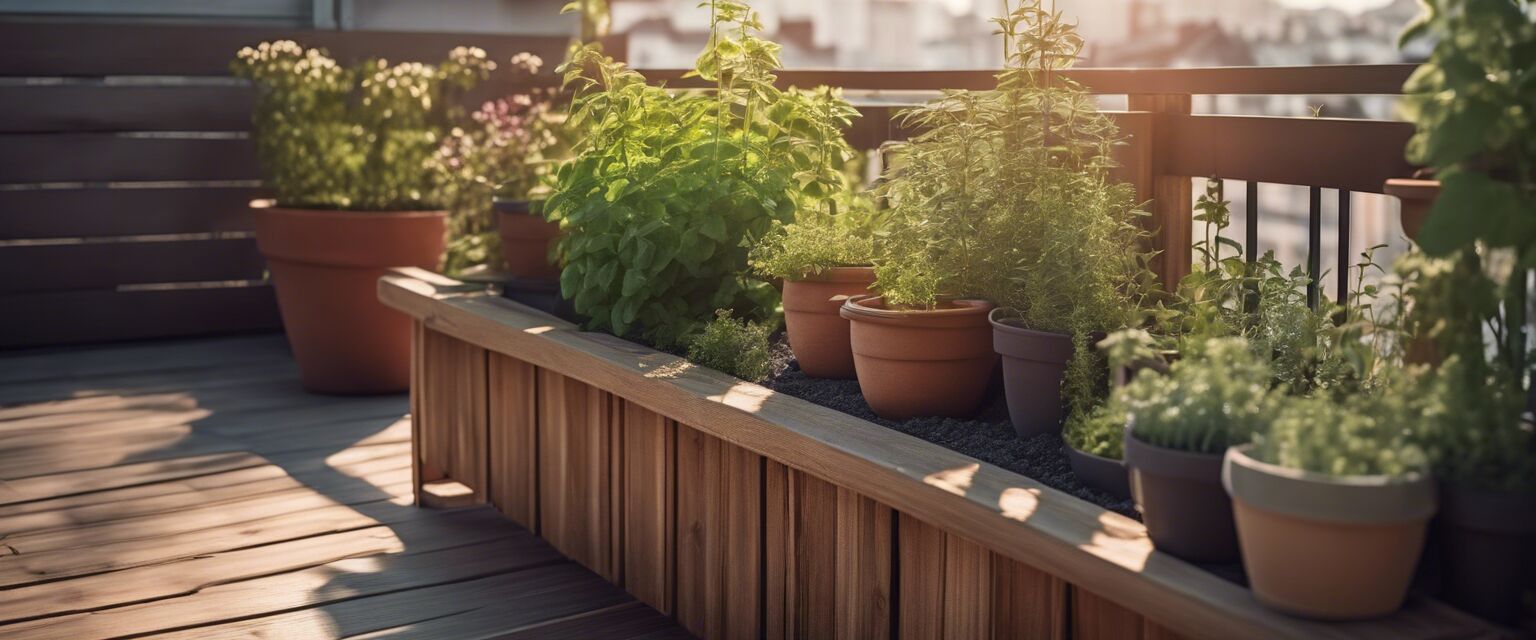
Cool and Shady Balconies
- Ferns (e.g., Boston Fern, Maidenhair Fern)
- Peace Lilies and other flowering plants
- Begonias and other shade-tolerant plants
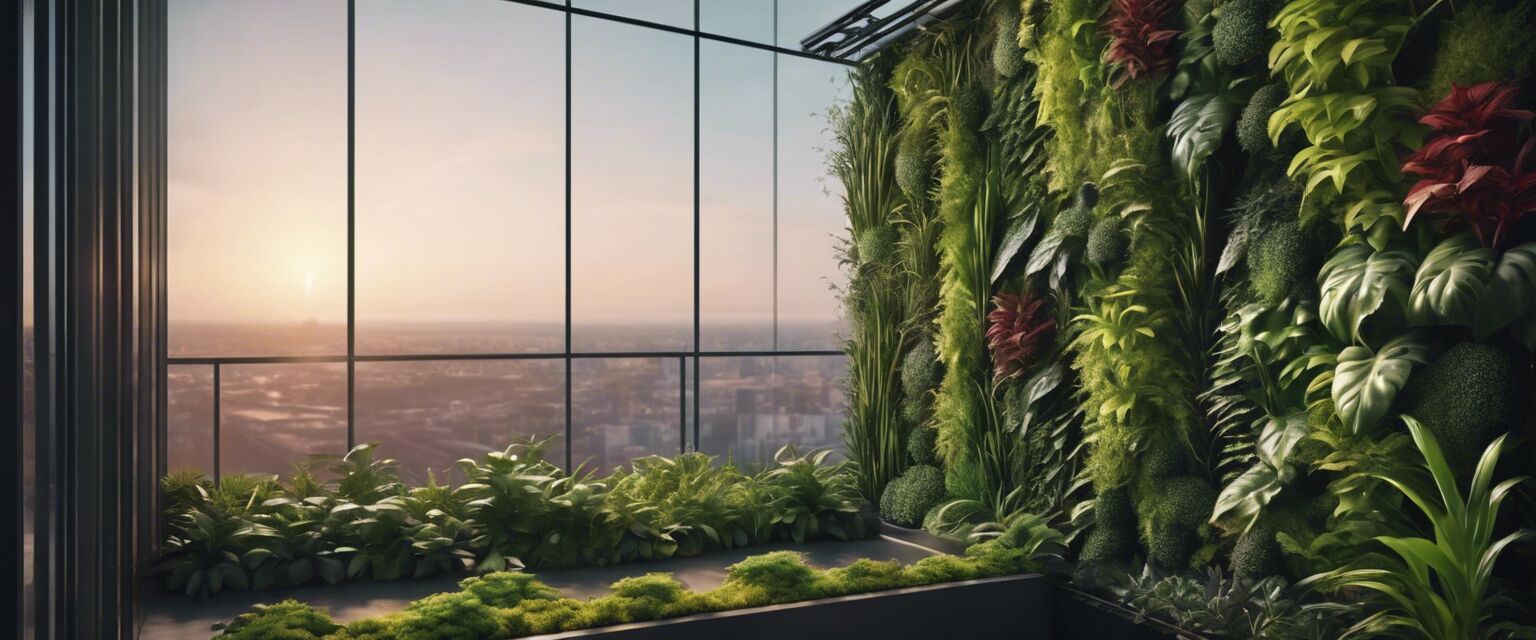
Additional Tips for Balcony Gardeners
Beginners Section
- Start with low-maintenance plants and gradually move to more challenging species
- Use compact planters and trellises to maximize space
- Water plants carefully to avoid overwatering
Pros of Balcony Gardening
- Year-round gardening in a small space
- Improved air quality and aesthetics
- Potential for increased food production
Cons of Balcony Gardening
- Limited space and climate control
- Potential for wind damage and pests
- Higher maintenance due to unique conditions
By understanding the unique climate conditions and light requirements of your balcony, you can create a thriving garden oasis. Remember to choose plants that match your balcony's conditions, and don't be afraid to experiment with new species and arrangements.
